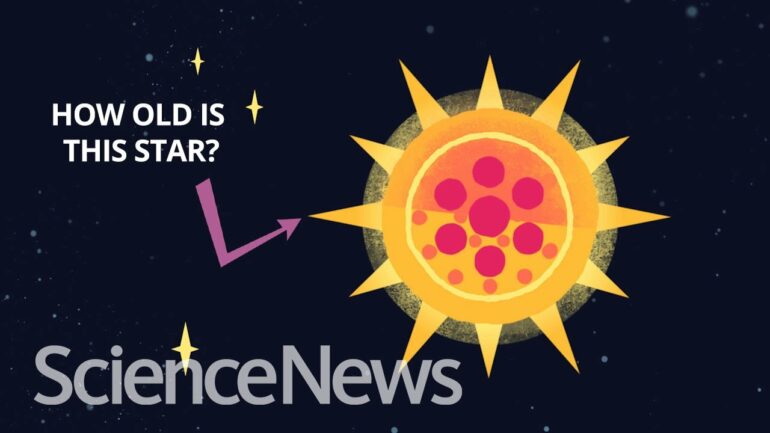Researchers from Keele University have developed a machine learning technique that helps astronomers better estimate the ages of stars from the chemicals within their atmospheres. The new research will be presented at the 2023 National Astronomy Meeting by Keele Ph.D. student George Weaver.
A star’s age is very difficult to determine. Unlike objects such as solar system meteorites or rocks on other planets, it is not possible to gather physical samples to measure the chemical abundances and age of the stars we see in the night sky by radioactive dating. Instead, astronomers need to make estimates based on the light we receive from stars. This is most easily done for large groups of stars which evolve together, known as star clusters, but is much more difficult for single stars.
During the very early stages of a star’s life cycle, the increasing heat and pressure can change the chemical composition of its atmosphere. One major change is that the amount of the element lithium in its atmosphere decreases over time through a process known as “lithium depletion.” Current models have not been able to describe the full complexity of this effect.
The large number of high-quality spectra—an analysis of emitted light from an object—obtained from the Gaia-ESO survey means that astronomers can now look at the problem of lithium depletion in much greater depth. The new neural network model, a development of a previous mathematical model known as EAGLES, uses the data from more than 6,000 stars to model the relationship between a star’s temperature, measured lithium abundance, and age.
The new method is expandable, and work is already underway to include much more data in the model, creating age estimates using as much information as possible. Tests are already underway for a model that includes the metallicity of the stars—the model will take in to account the measure of the amount of elements heavier than helium in the star. Other possible expansions will look at slowing of a star’s rotation over its lifetime, and the decrease in its magnetic activity over time.
Ph.D. student and first author of the paper in preparation, George Weaver explains, “There are several independent age estimation methods and models, but this artificial neural network gives us the chance to create one combined method to estimate a star’s age from spectral measurements.” He adds, “Not only could it lead to a ‘one-stop shop’ model for stellar and cluster ages, but it will also help us to quantify and constrain the relationships between these observables and age, and maybe even discover new relationships we weren’t aware of before.”
Provided by
Royal Astronomical Society
Citation:
Using machine learning to estimate stellar ages (2023, July 5)


